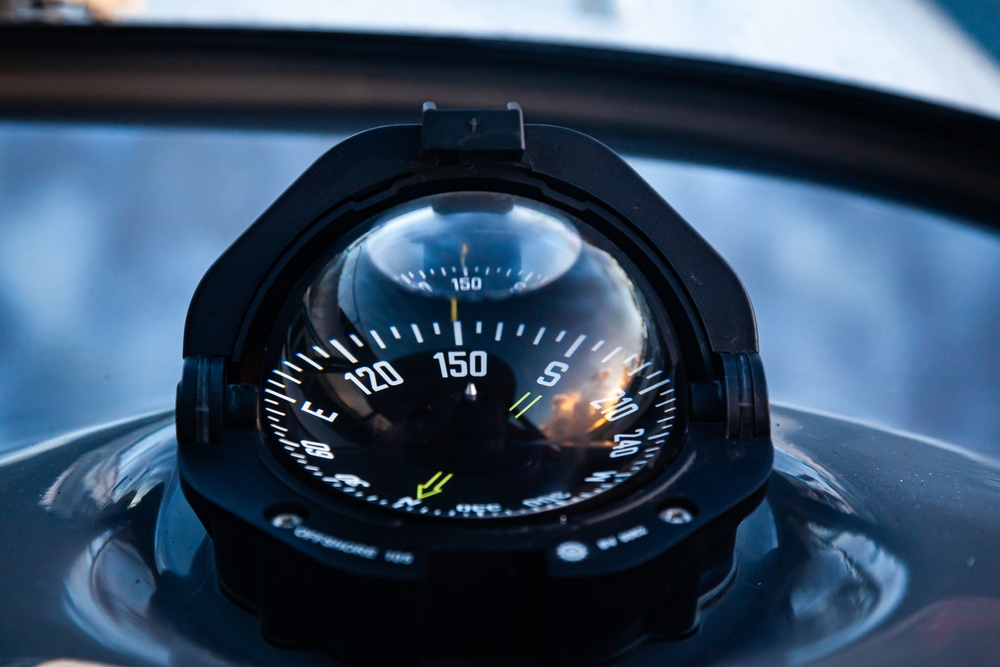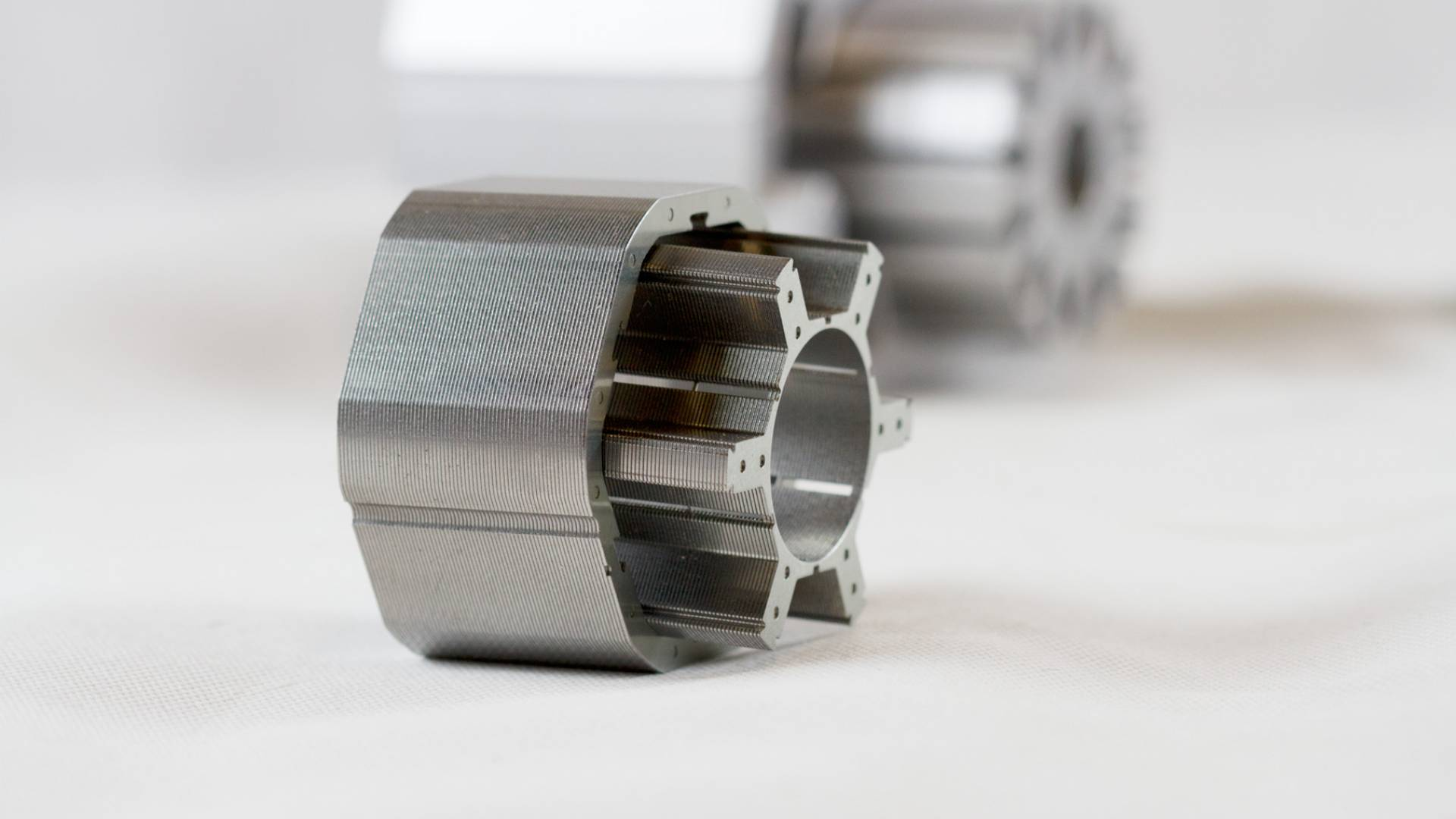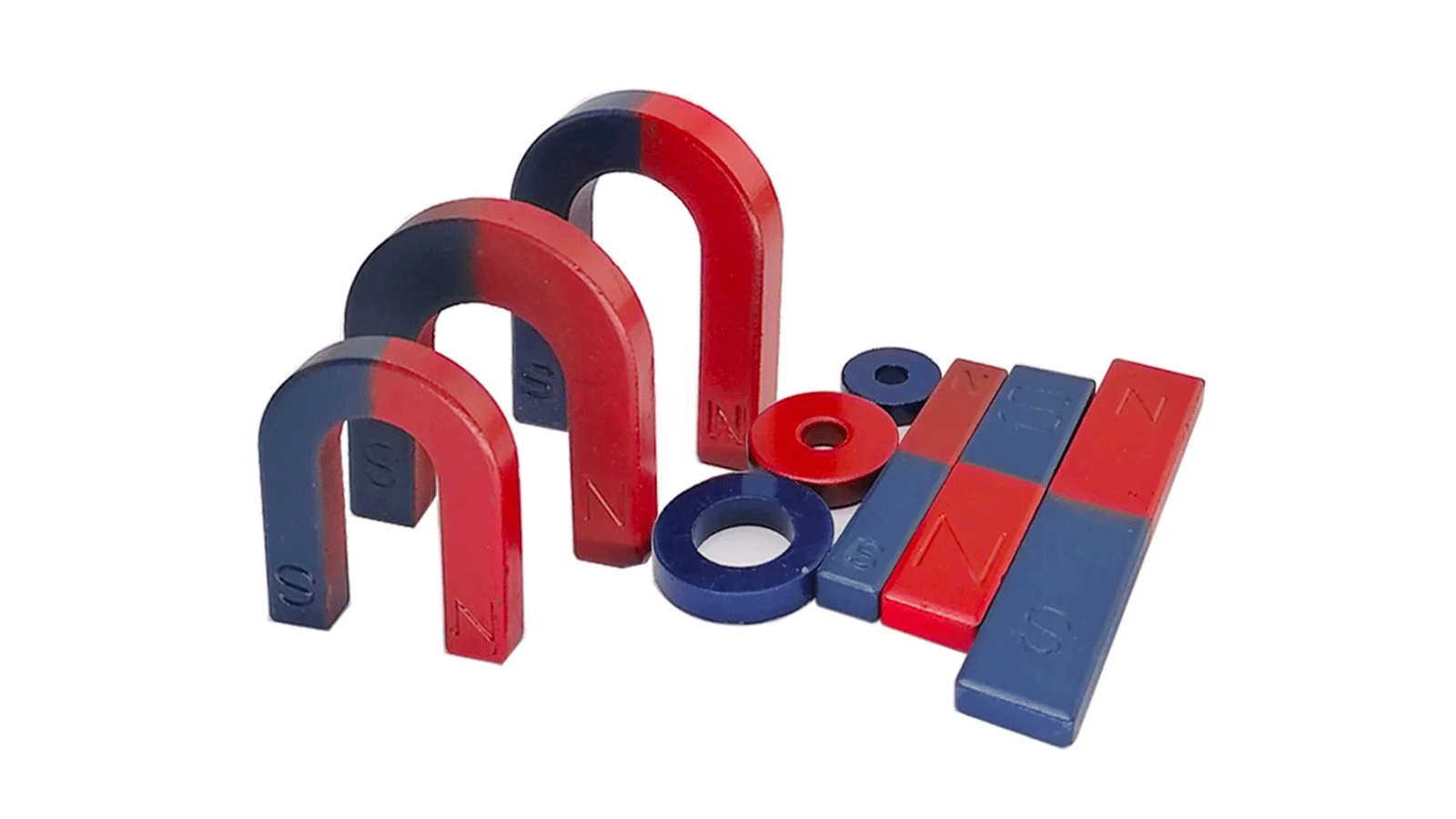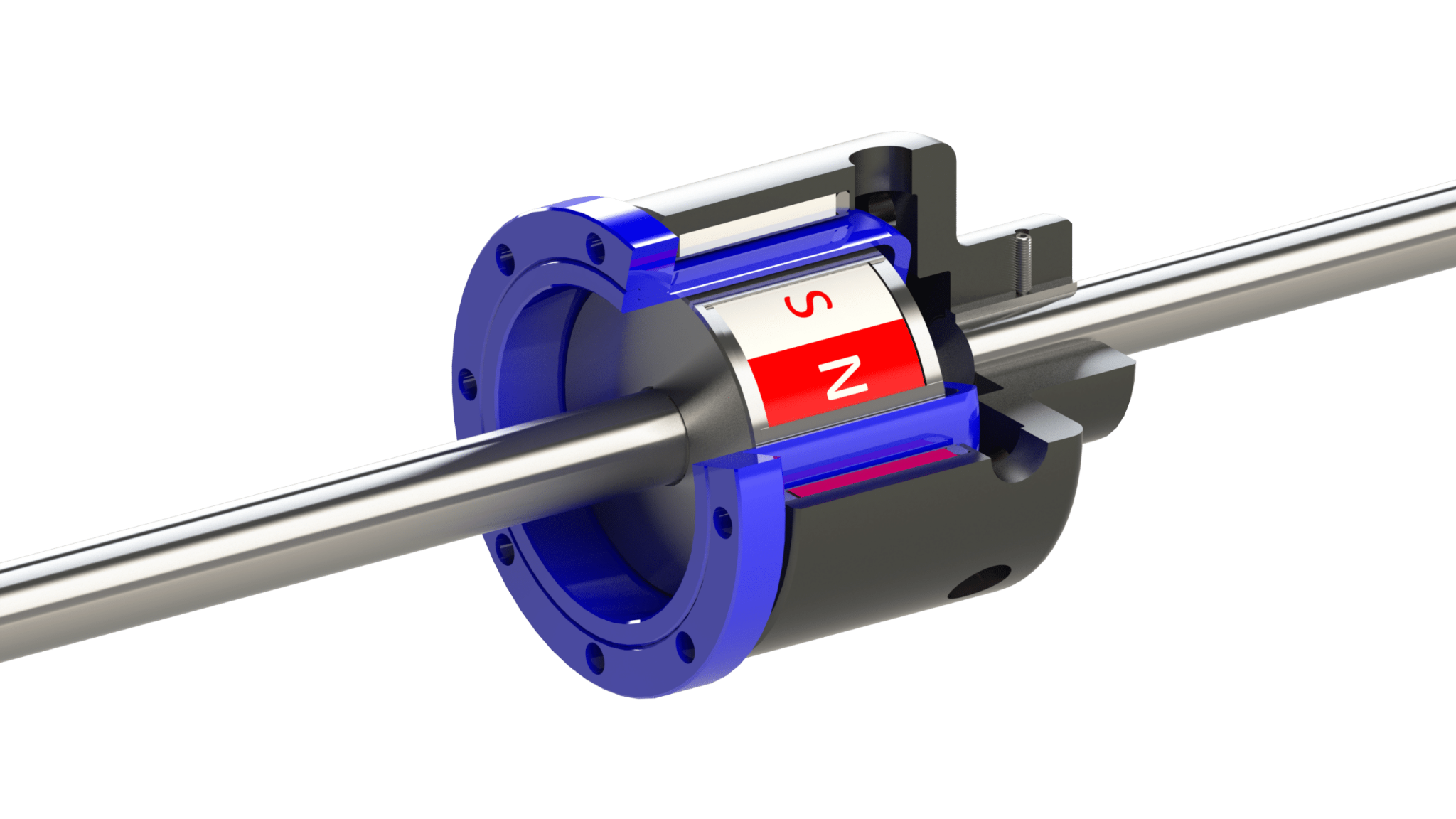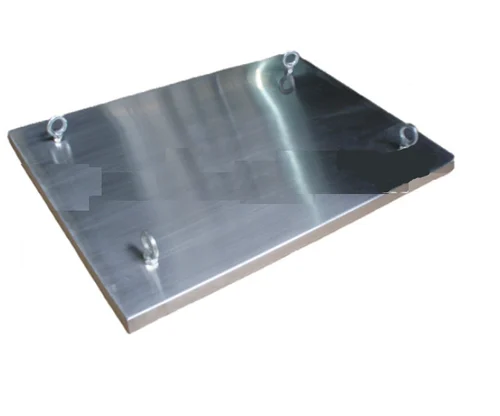Tabla de contenido
The magnetic compass is one of the most influential inventions in human history. Long before satellites and digital maps, this simple yet powerful tool guided sailors, explorers, and adventurers across the world. At the heart of every magnetic compass lies a magnet — a small but crucial component that interacts with Earth’s magnetic field to show direction.
Today, people who search for information about magnets in magnetic compasses are usually looking for something specific. They might want to understand how a compass works for outdoor adventures, navigation training, or scientific projects. Engineers and product designers might be researching magnet types for manufacturing compasses or integrating them into modern devices. Others may simply be curious about the science behind a tool they’ve used but never fully understood.
Understanding magnets in magnetic compasses isn’t just about knowing how they point north. It involves exploring their types, properties, lifespan, and the manufacturing techniques that make them precise and reliable. This article provides a complete, easy-to-understand explanation of magnets in magnetic compasses, from their role in navigation to their engineering and durability.
1. What is a Magnetic Compass?

A magnetic compass is a navigational instrument that shows direction relative to the Earth’s magnetic poles. It consists of a magnetized needle or bar mounted on a low-friction pivot so it can rotate freely. When the compass is level, the magnet aligns itself with the Earth’s magnetic field, causing one end to point toward the magnetic north pole.
This concept is simple but incredibly powerful. The compass allows users to orient themselves, plot directions, and navigate accurately even in unfamiliar terrain. Because it does not require electricity, batteries, or an internet connection, the magnetic compass remains an essential tool in fields such as aviation, marine navigation, surveying, outdoor expeditions, and military operations.
Magnetic compasses come in various designs depending on their application. A handheld compass used by hikers is lightweight and portable, designed for easy reading and field use. Marine compasses are larger and often mounted on gimbals to remain level on moving ships. Aircraft compasses are engineered to maintain stability at high altitudes and varying speeds. Regardless of the form, the working principle is the same — a magnet aligns with Earth’s magnetic field.
The reliability of the compass stems from its simplicity. Unlike electronic navigation tools, a compass will work in any weather, any time of day, and any place on Earth. This makes it indispensable in emergency situations or remote areas where GPS signals may not reach.
2. How a Magnetic Compass Works
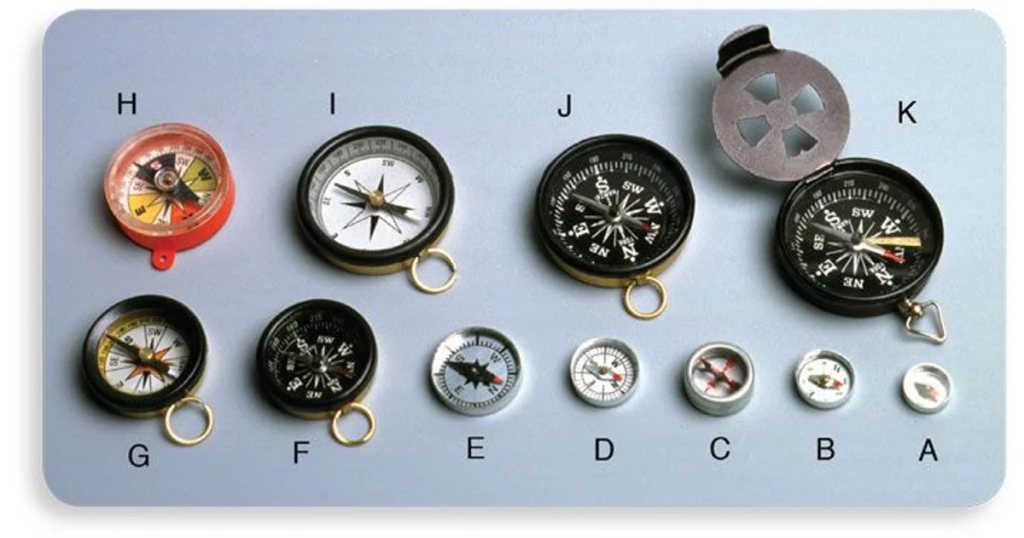
The Earth behaves like a giant bar magnet with its own magnetic north and south poles. These poles create an invisible but measurable magnetic field that surrounds the entire planet. The needle inside a compass is itself a magnet. When it’s free to rotate on a pivot or float in fluid, it responds to this field by aligning its magnetic north pole with the Earth’s magnetic south pole, which corresponds to the geographic north direction.
The north end of the needle is usually painted red or marked clearly to help users read direction easily. When the needle settles, it points to magnetic north. The compass housing typically has a dial with the four main cardinal directions (North, East, South, and West), intermediate points, and degree markings. By observing how the needle aligns with the dial, a user can determine their heading with precision.
The Role of Earth’s Magnetic Field
The Earth’s magnetic field is not uniform; it varies depending on location. This variation is called magnetic declination, which is the difference between true north (geographic) and magnetic north. Declination must be taken into account for accurate navigation, especially over long distances. Many modern compasses include adjustable declination settings to help users correct for this difference.
Importance of Low Friction
The needle’s ability to rotate freely is critical for accurate readings. If the pivot has too much friction, the needle may not align properly or may take too long to settle. To minimize friction, high-quality compasses use jewel bearings or suspend the needle in a damping fluid. The fluid also stabilizes the needle, preventing it from wobbling due to vibrations or movement.
Compass Accuracy in Different Environments
Magnetic compasses are influenced by external magnetic fields. Metal objects, electronic devices, and power lines can distort readings, a phenomenon known as magnetic deviation. To ensure accuracy, navigators keep compasses away from metallic objects when taking readings. In professional settings like aircraft and ships, compasses are carefully mounted and calibrated to account for these interferences.
The beauty of a magnetic compass lies in its straightforward physics. As long as Earth’s magnetic field exists, a properly made compass will point north a fundamental certainty that has guided explorers for centuries.
3. Types of Magnets Commonly Used in Magnetic Compasses
The magnet is the heart of the compass. Its type, strength, and stability determine how fast the needle aligns, how long it retains its magnetism, and how accurate the readings are. Over time, compass manufacturers have experimented with different magnetic materials to balance performance, cost, and durability.
Imanes de Alnico

Alnico magnets are made from a combination of aluminum, nickel, and cobalt. They were widely used in compasses throughout the 20th century. One of their major advantages is their excellent resistance to demagnetization, even when exposed to high temperatures. Alnico magnets provide stable magnetic strength, making them ideal for aviation and marine compasses, where temperature changes can be extreme.
Although Alnico is not as strong as modern rare-earth magnets, it offers a long and reliable service life. The material is also less prone to corrosion, which is beneficial for outdoor or marine environments. Because of these qualities, Alnico magnets remain a trusted choice in many professional navigation tools.
Imanes de ferrita

Ferrite or ceramic magnets are made from iron oxide combined with other elements. They are less expensive than Alnico or rare earth magnets but offer excellent resistance to corrosion and good magnetic stability. Their main advantage is cost-effectiveness, which makes them popular in educational compasses, basic outdoor gear, and mass-produced navigation devices.
Although ferrite magnets are not as strong as neodymium magnets, their stable performance and long lifespan make them reliable for most standard compass applications. They are also lightweight, which is useful in portable devices.
Neodymium Magnets
Neodymium magnets belong to the rare earth magnet family. They are the strongest permanent magnets available commercially. A small neodymium magnet can generate a powerful magnetic field, allowing the compass needle to align quickly and accurately, even in low-field regions.
However, neodymium magnets can be vulnerable to corrosion if not properly protected. Manufacturers usually coat them with nickel, zinc, or epoxy to extend their lifespan. Because of their strength and compact size, neodymium magnets are commonly used in high-performance and compact compasses.
Samarium-Cobalt Magnets
Samarium-cobalt magnets are another type of rare earth magnet, known for their exceptional thermal stability and corrosion resistance. They are more expensive than neodymium magnets but offer better performance in extreme environments. These magnets retain their magnetism even at high temperatures, making them ideal for aviation, military, and scientific equipment.
Samarium-cobalt magnets are often used in specialized compasses where reliability and precision are critical, such as aircraft or deep-sea navigation tools.
4. How a Magnetic Compass is Made
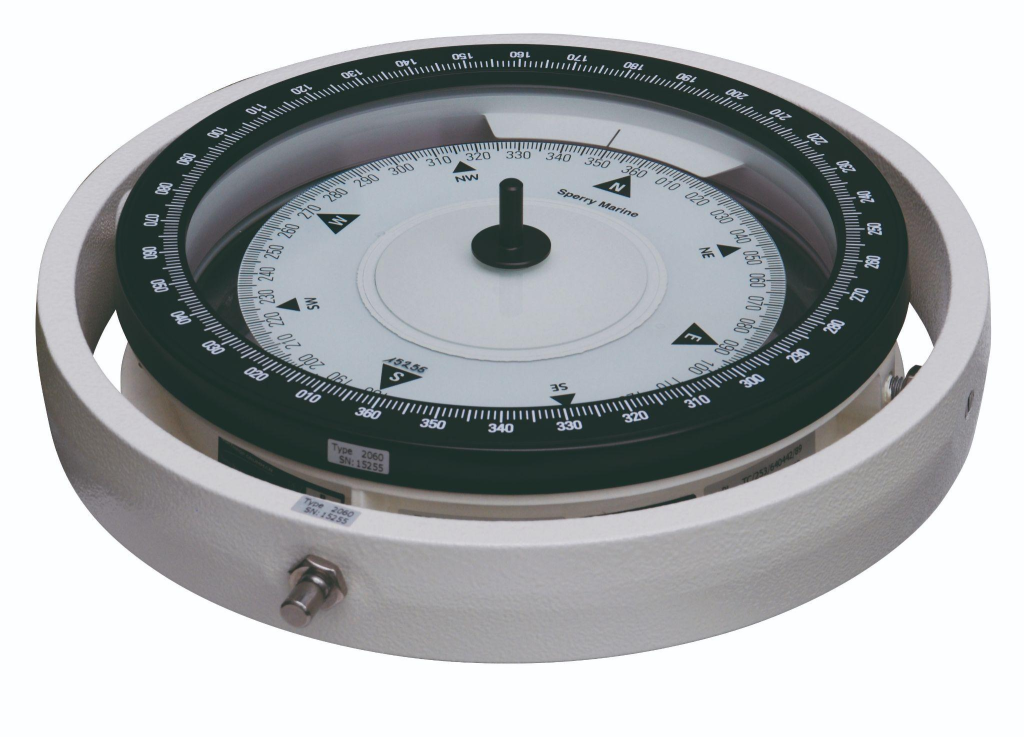
Building a magnetic compass requires precision and careful engineering. The process ensures that the magnet interacts perfectly with Earth’s magnetic field, providing accurate and stable readings.
Magnet Selection and Preparation
The process starts with selecting the magnet type. The choice depends on the intended use of the compass for example, ferrite for cost-effective mass production or samarium-cobalt for specialized equipment. Once chosen, the magnet is cut or molded into the desired shape, usually a slim bar or needle.
The magnet is then exposed to a strong external magnetic field to align its internal domains, turning it into a permanent magnet. For neodymium magnets, a protective coating is applied to shield against corrosion.
Needle Design and Assembly
The magnet is integrated into a needle assembly. This step is crucial because the needle must be perfectly balanced to rotate freely. Jewel bearings or low-friction pivots are used to minimize resistance. In liquid-filled compasses, the magnetized needle floats in damping fluid, which stabilizes it against vibrations and sudden movements.
The north end of the needle is typically marked with paint, luminous coating, or a distinctive shape to make it easy to read.
Compass Housing and Dial
The housing protects the delicate needle mechanism. It is usually made of durable, non-magnetic materials such as plastic, brass, or aluminum. The dial inside the housing is carefully calibrated with directional markings and degrees. A rotating bezel often allows users to set bearings easily.
Liquid damping is added in many modern compasses to stabilize the needle. This fluid not only reduces vibration but also helps keep the needle level during movement.
Calibration and Testing
After assembly, the compass undergoes calibration to ensure that the needle aligns accurately with magnetic north. This involves testing under controlled conditions and adjusting the pivot, balance, or magnet alignment if needed. Advanced compasses may also be tested for declination adjustments.
Control de calidad
Finally, each compass is subjected to rigorous quality control. Manufacturers test compasses at different temperatures and humidity levels to ensure they maintain performance in varied environments. A well-made compass can withstand harsh conditions without losing accuracy.
This careful manufacturing process ensures that the magnet works reliably with Earth’s magnetic field, giving users dependable navigation over many years.
5. What is the Lifespan of the Magnets in a Magnetic Compass?
One of the reasons magnetic compasses are so trusted is their longevity. A good compass can last for decades, and the magnet at its core is designed to retain its strength for many years. However, lifespan depends on several factors, including magnet type, environmental conditions, and maintenance.
Longevity of Alnico and Ferrite Magnets
Alnico and ferrite magnets are known for their excellent long-term stability. Under normal conditions, they can retain their magnetism for 50 years or more. They are resistant to temperature changes and less prone to demagnetization compared to other types of magnets. For this reason, they are often found in traditional compasses that last a lifetime.
Lifespan of Rare Earth Magnets
Neodymium and samarium-cobalt magnets are much stronger but require more protection. Neodymium magnets, for example, can lose strength if exposed to high temperatures or corrosion. However, with proper coatings and handling, they can also last 20 to 30 years or longer. Samarium-cobalt magnets, on the other hand, are extremely stable and can perform well even in harsh environments.
Factors Affecting Magnet Lifespan
A number of factors can shorten or extend the life of a compass magnet. Prolonged exposure to heat can weaken the magnetic field. Physical shocks, like dropping the compass, can misalign or partially demagnetize the needle. Storing the compass near strong magnets or electronic devices can also cause a loss of strength over time.
Extending Compass Magnet Life
Users can take several simple steps to extend the lifespan of a compass magnet. Storing the compass in a cool, dry place away from strong magnetic fields is important. Avoiding impact or rough handling also helps. Regular calibration ensures the magnet remains correctly aligned and the needle moves smoothly.
Recognizing and Addressing Magnet Wear
Over time, a magnet may weaken. Signs include a sluggish needle, inconsistent readings, or slow alignment with magnetic north. In some cases, the magnet can be remagnetized using specialized equipment. If the damage is severe, replacing the magnet or the entire needle assembly may be necessary.
A well-maintained compass can outlast many digital devices, proving that sometimes, simple technology is the most reliable.
Reflexiones finales
The application of magnets in magnetic compasses is a perfect example of how basic physical principles can be harnessed for reliable, real-world solutions. Whether it’s Alnico, ferrite, neodymium, or samarium-cobalt, the type of magnet used directly affects the performance, lifespan, and accuracy of the compass.
Manufacturers carefully design and calibrate each part of the compass to ensure the magnet works harmoniously with Earth’s magnetic field. With proper care, a magnetic compass can last for decades, offering dependable navigation when other technologies fail.
For anyone interested in exploration, engineering, or understanding how our world works, the magnetic compass remains a timeless, practical, and fascinating instrument.

